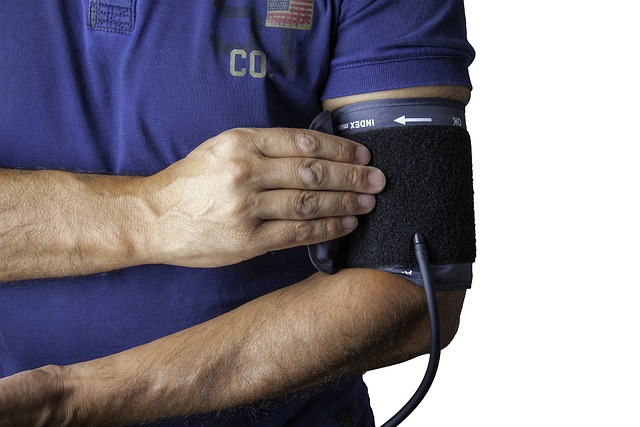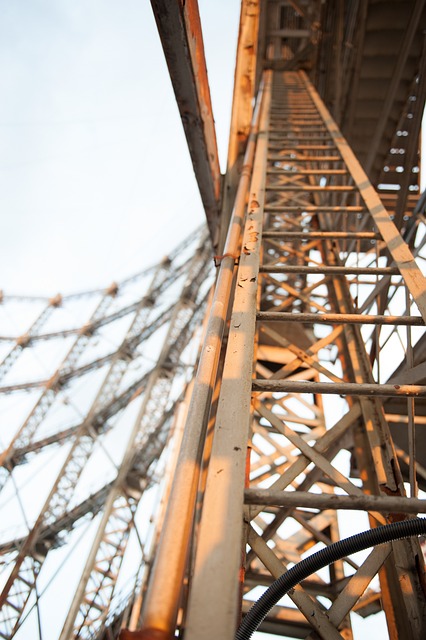Low water pressure, a common household issue, arises from various factors such as plumbing system problems, environmental conditions, or a combination thereof. Accurately diagnosing the root cause is crucial for effective resolution. Begin by identifying the scope of the problem and checking for leaks, pipe damage, or faulty shut-off valves. Test each fixture and appliance individually using a pressure gauge to compare pressures with normal ranges. Common causes include faulty regulators, well pump issues, mineral buildup, or corroded pipes. Regular maintenance, repairs, replacements, and installing water-saving fixtures prevent future low water pressure issues.
Low water pressure can disrupt your daily routine, from taking a weak shower to doing simple tasks around the house. Understanding the common causes behind this issue is the first step towards finding effective solutions. This article delves into the world of low water pressure, exploring its various causes and providing a comprehensive guide for diagnosis and troubleshooting. By the end, you’ll be equipped with the knowledge to identify and resolve pressure drops, ensuring a steady flow in your home or office.
- Understanding Low Water Pressure: Common Causes Explored
- Diagnosing the Issue: A Step-by-Step Guide
- Solving Low Water Pressure: Effective Solutions and Tips
Understanding Low Water Pressure: Common Causes Explored

Low water pressure is a common household issue that can be frustrating and inconvenient. Understanding the causes behind this problem is the first step in finding an effective solution. There are several factors that contribute to low water pressure, ranging from issues within your plumbing system to external environmental conditions.
Some of the most common causes include faulty or clogged pipes, old and corroded fixtures, low water supply from the main source, improper water heater settings, or leaks in the system. For instance, mineral buildup or debris accumulation in pipes can restrict water flow, leading to reduced pressure. Additionally, issues with the water pump, valve problems, or even high demand from multiple appliances using hot water simultaneously can cause a drop in pressure. Identifying these causes is crucial in effectively addressing and resolving low water pressure issues.
Diagnosing the Issue: A Step-by-Step Guide

Diagnosing low water pressure issues can seem daunting, but with a systematic approach, it becomes manageable. Start by identifying when and where the problem occurs – is it throughout your entire home or just in one fixture? Check for any obvious signs of leaks or damage to pipes, as these could be significant causes of low pressure. Next, turn off all taps and appliances that use water and check your main shut-off valve; if it’s fully open, proceed to test each individual faucet and appliance one by one.
Use a pressure gauge to monitor the water pressure at different points in your home, comparing readings with known normal ranges for your area. If pressures are consistently low, consider common causes such as faulty pressure regulator, issues with well pump or city water supply, mineral buildup in pipes, or corroded pipes restricting flow. Keep detailed notes during this process to help pinpoint the exact cause and guide effective solutions.
Solving Low Water Pressure: Effective Solutions and Tips

Low water pressure can be a common household issue with various potential causes, from simple fixes to more complex problems. To address this efficiently, start by identifying the source. Check for leaks in pipes or fittings, as even minor drips can significantly reduce water pressure over time. Next, evaluate your water heater and its settings; a poorly maintained or incorrectly adjusted heater might not provide enough pressure. In some cases, outdated plumbing or narrow pipes can restrict water flow.
Effective solutions include repairing or replacing leaks, maintaining or upgrading your water heater, and possibly re-piping if the existing infrastructure is severely outdated. Install water-saving fixtures like low-flow showerheads and aerators on faucets to reduce overall water usage without compromising pressure. Regular maintenance and prompt addressing of potential issues are key to preventing low water pressure.
Low water pressure can significantly impact your daily routines, but understanding its causes and employing effective diagnosis and solution strategies can resolve the issue. By identifying common causes such as leaks, mineral buildup, or outdated plumbing, you can take targeted actions to restore optimal water pressure. Following a systematic approach to troubleshooting and implementing practical solutions, like flushing valves or installing water softeners, will help ensure a steady and powerful flow in your home or business. Remember, addressing low water pressure proactivelty is key to maintaining a comfortable and efficient living environment.
